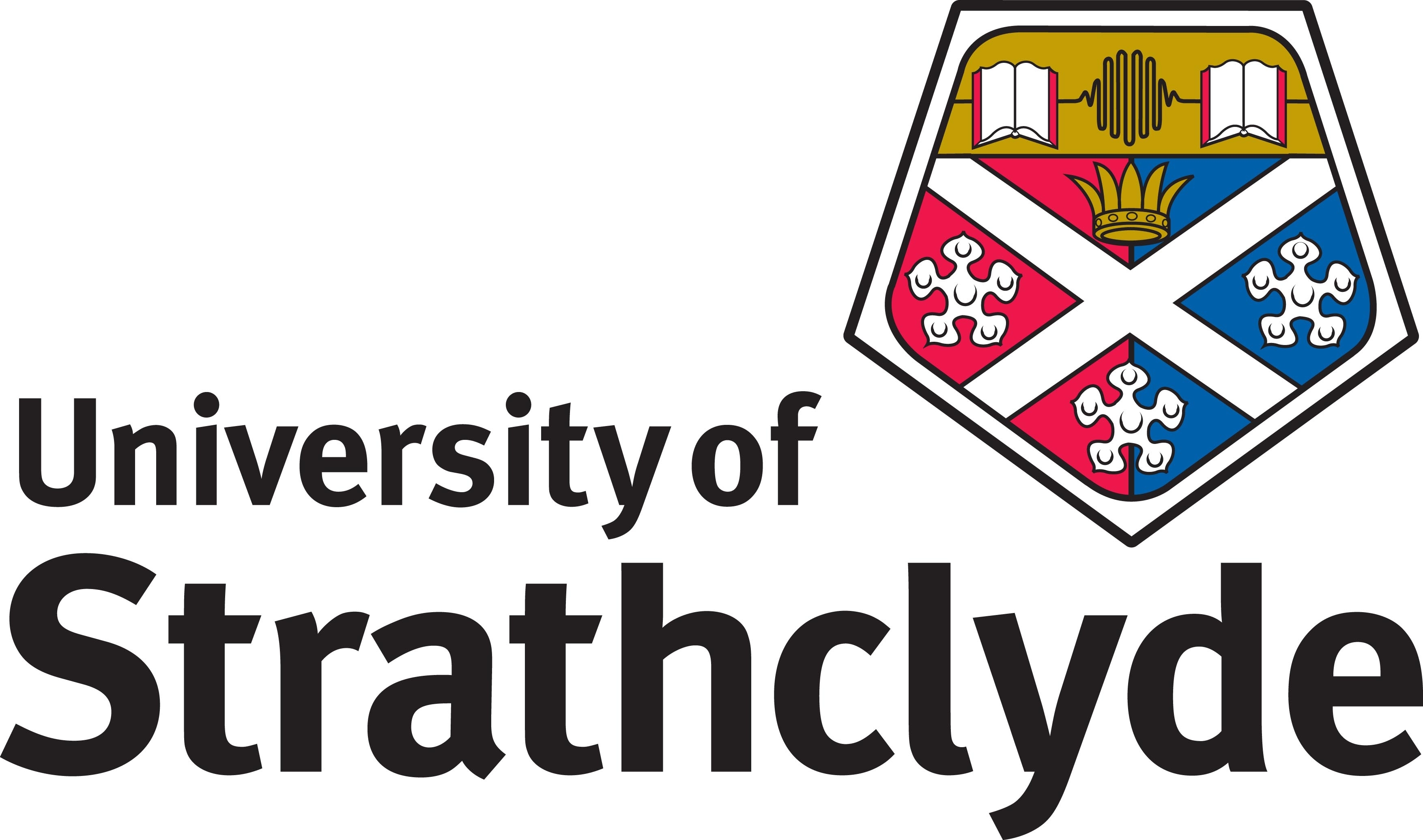As the UK accelerates deployment of floating offshore wind into deeper waters, the need for reliable and cost-effective anchoring solutions is ever more pressing. The estimated number of anchors installed is projected to be between 3,400–4,500 per year. Micropile anchors - clusters of small-diameter piles (<300 mm) - offer a promising solution due to their efficiency in resisting inclined loads and reducing both material and installation costs.
However, their broader adoption is hindered by a lack of offshore-specific design guidance and serviceability limit state (SLS) performance under long-term cyclic loading. This project aims to address that gap through a combination of finite element modelling and drained cyclic triaxial tests on sand, including a placement at Ruhr University Bochum. The research will calibrate the High Cycle Accumulation (HCA) framework and run parametric studies on key factors like pile configuration, soil density, and loading characteristics.
It is hoped that the results of this project will support improved SLS design guidelines, helping engineers better predict and manage deformation in micropile anchors for floating offshore wind applications.











